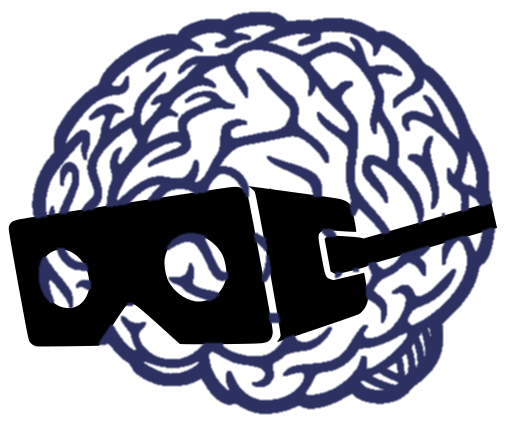Abstrakt
Obsessive-compulsive disorder (OCD) is characterized by recurrent, repetitive, and unwanted thoughts or impulses triggering significant anxiety. Exposure and response prevention is currently the first-line therapy for OCD. In the current research, we tested the feasibility of a virtual environment (“VR house”) that incorporates OCD-specific items from four symptom dimensions: ‘contamination’, ‘symmetry’, ‘checking’, and ‘hoarding’. The goal of this ongoing feasibility study was to confirm the potential of the VR house in inducing anxiety in patients with OCD (n = 26) in comparison to matched healthy controls. During a single session, participants were asked to approach a set of 10 stimuli (covering all four OCD dimensions), and rate their current intensity of distress caused by observing this object. We used subjective units of distress (SUDS) as a distress measure (scale 0 to 5). In addition, the severity of OC symptoms was assessed prior to the session. Before and after the session, participants completed questionnaires assessing subjective levels of anxiety (STAI-6). All participants also completed the questionnaires evaluating their sense of presence in VR and experienced simulator sickness. Between-subject design was used to compare SUDS ratings of patients and healthy controls. The preliminary results show that the OCD group reports elevated levels of distress and anxiety when confronted with OCD-relevant stimuli compared to the control group. Our preliminary data suggest that the VR house environment is a suitable tool for VR exposure therapy in OCD patients as it demonstrated symptom provocation specific to OCD patients.

